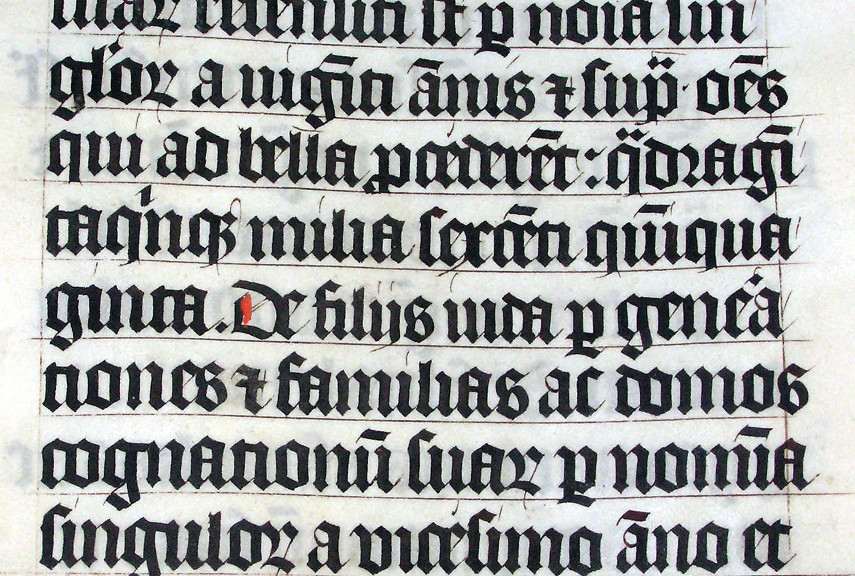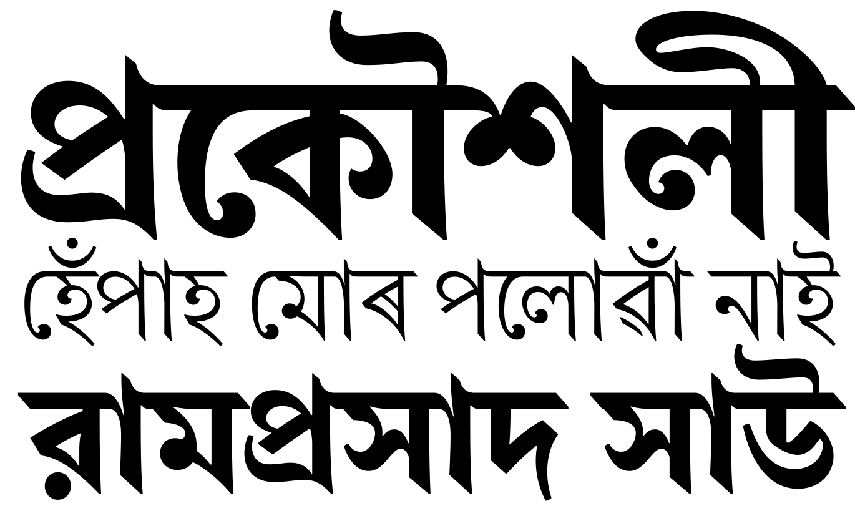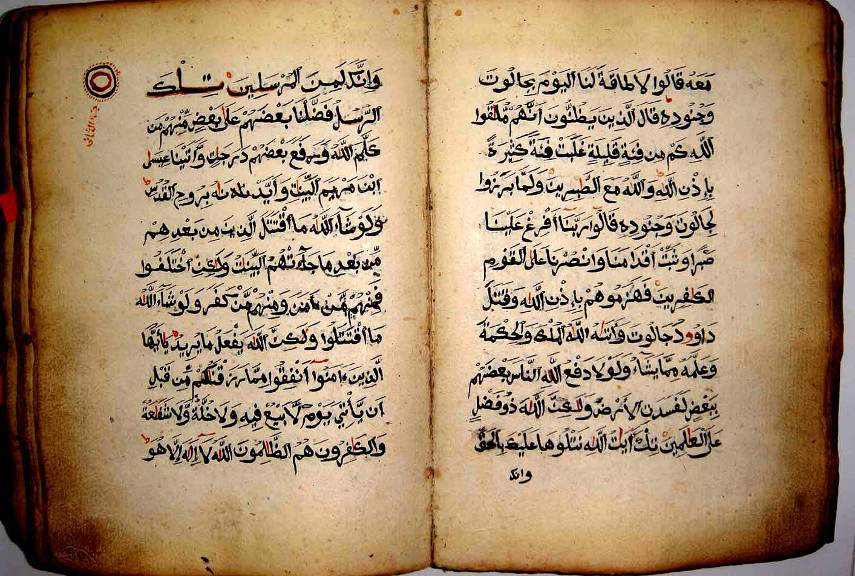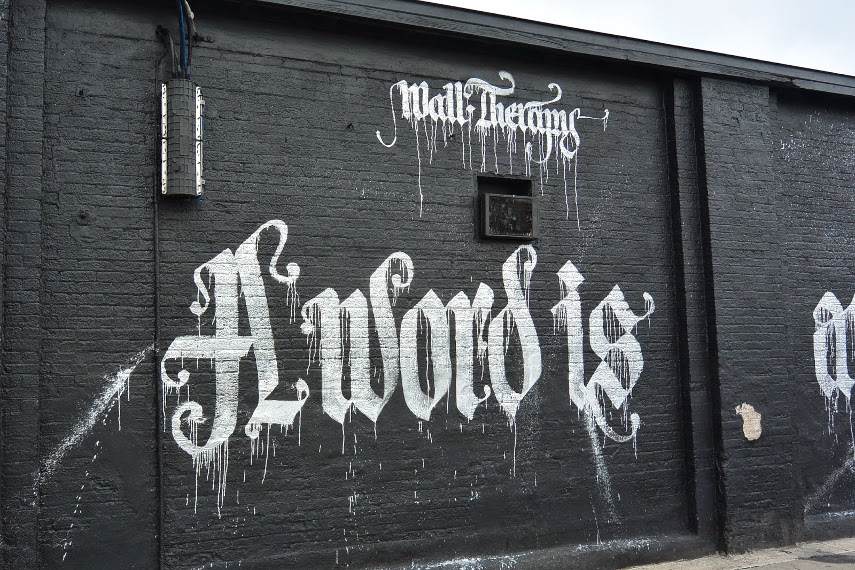What is Calligraphy? Discover Different Types of Writings
We'll start with a seemingly simple question: what is calligraphy, exactly? Although many will nod their heads in confirmation that they know the correct answer, putting it into words is a much bigger challenge. And, in all honesty, it's not surprising that many can't provide a reliable explanation of what calligraphy is as modern times definitely blurred the line of this discipline's description. In fact, the introduction of printing machines has been slowly deteriorating the reputation of calligraphy as everyone who needed something written usually opted for the more effective, faster and cheaper method. Such a situation only escalated with the inventions of home printers and computers. However, calligraphy managed to survive all the difficulties history placed before it and is still regarded as a valid artistic discipline despite flying a bit under the radar for centuries. In the remainder of this article, we will attempt to clarify and define what calligraphy exactly is and what it is not, as well as take a look at some contemporary occurrences that dictate the current direction of the lettering craft.

What Calligraphy Is Not
The dictionary definition states that calligraphy is a skill of handwriting, or even something more vague as simply stating that it's beautiful writing. Although undeniably true, these interpretations do no justice to calligraphy as this craft is much more than just well-performed penmanship. In fact, it is these half-hearted theories that are dimming both the value and characteristics of the calligraphic discipline. Bear in mind that the primary goals of handwriting are being quick, easily written and accurately read. Beauty, personality and artistic impact all fall second to these demands and are not at all important in handwriting as clarity and speed. On the other hand, these are some of the key features calligraphy writing strives to achieve. Another common and obscure definition is that calligraphy is the process of making ornamentally decorated letters. This is, as well, partially true as dressing up the pages with different forms of decoration is a big part of the discipline. However, this is also just a segment of calligraphy as a whole and is far from a complete definition of the entire discipline.

So... What Is Calligraphy?
Calligraphy is the artistic process of forming beautiful symbols by hand and arranging them in a way that inscribes words that possess integrity, harmony, some sort of ancestry and rhythm. In this definition, integrity represents admirable proportions and design of letters and symbols in calligraphy images. Harmony is a pleasing relationship between the words, characters and single letter's elements. Ancestry refers to the preservation of heritage of letter-shapes, materials and techniques which calligraphers use. Finally, rhythm is a deliberate repetition in calligraphic writing that creates feelings of pattern and emphasis within the eyes of the viewer. On their own, any of these factors do not amount to a valid calligraphic discipline - only when they are all assembled together does the entire process start to take on a shape of calligraphy.
Many calligraphers agree that there is another ingredient in the mix of perfect lettering and that is creative fire.[1] A bit puzzling and nebulous, this can be explained as a slightly mysterious life and individuality of any piece of art. This individual stamp of the calligrapher’s personality on the work is ultimately what makes calligraphy a valid member of arts, it's the key aspect that separates it from conventional penmanship and any machine standardized letter form. Calligraphy aims to produce a reaction, just like any quality piece of sculpture or painting, its goals are to invoke a deeper meaning and communicate with the viewer on both the linguistic and creative level. Although a bit too metaphorical to be considered a valid definition, many experts recognize that reading calligraphy is the closest way one can get to hearing music with eyes. Interestingly, this may be the most precise explanation of what calligraphic creative fire actually is.

Different Types of Calligraphy as Unique Lettering
Fully analyzing the entire history of calligraphy and all its types is an almost impossible challenge, one that would take thousands upon thousands of pages to be considered comprehensive. Since the dawn of civilization, every single community had its own variant of calligraphy, all of which were founded between a mix of necessity and creative desires. All of them had differing styles and tools used. Calligraphers are very aware of such ancestry and it plays a major role in contemporary calligraphy which is shaped by a long, inventive heritage. In fact, imitating historical handwriting is a wide and encouraged method of achieving calligraphic success. Learning how to write in historical styles is an excellent means of training both the hand and the eye. It should be noted that mere copying of ancient handwriting does not represent the creative purpose of calligraphy. However, it does provide both a fine starting point for beginners and an interesting exercise for those with more experience. Many specialists agree that calligraphy can be classified into four broad categories: Western Calligraphy, Eastern Asian Calligraphy, Southern Asian Calligraphy and Islamic Calligraphy.[2]

Western Calligraphy
Western Calligraphy emerged in the 10th century and still continues to evolve to this day.[3] Known for its strict rules and geometric patterns, this popular style is one of the most prominent example of calligraphic art. The most recognizable use of the Western lettering is in the Latin script which underwent numerous drastic changes over the centuries as the ruling dynasties switched places. The humanist minuscule of the Renaissance was one of the crucial moments of this style, as well as the 17th-century Batarde and the English script about a hundred years younger. Different types of calligraphy require different tools. Traditionally, Western Calligraphy's tools include a flat-balled or round-nipped pen, a brush, water-based ink, high-quality paper or parchment, a knife for removing work and templates.

Eastern Asian Calligraphy
This particular style of lettering encompasses the calligraphy of China, Japan and Korea. Every single dynasty that ruled these lands had its own variants of calligraphy techniques and visuals. This style is easily recognizable as it's not difficult to distinguish Eastern symbols that have the purpose of entire words. Logically, their manuscripts are much shorter than those found in the Western territories. Eastern Asian Calligraphy is valued as a very important heritage in its respected countries and all of them dedicate much effort to making sure the local calligraphic techniques are well preserved. Technically speaking, Eastern calligraphers use paperweights and desk pads beside the usual writing equipment.

Southern Asian Calligraphy
This collection of styles include the practices emerging from the territories of India, Nepal and Tibet. These manuscripts were widely used for various Buddhist and secular purposes and could be seen being used in a lot of instances, starting from their prayer wheels to the letters of the Dalai Lama. With some of the examples going back to inscriptions in stone, pieces of Southern Asian Calligraphy can be described as some of the most ancient lettering practices ever discovered. Indian calligraphy was the most influential of the three and it had used many unconventional methods over the course of its existence, such as burnt mud, smoke treated palm leaves, copper and birch barks.

Islamic Calligraphy
This style can be found as an essential element of Islamic art.[4] It uses unique geometric patterns and the best examples of these can be found on mosque walls. Islamic Calligraphy is considered to be the most beautiful example of lettering by many and it has evolved along with the progression of the religion and the Arabic language. It should be noted that Muslims view calligraphy as the highest kind of artistic expression since it is observed as the most efficient means of communicating with the spiritual world. The Ottoman Era is considered to be the peak of development of the Islamic Calligraphy as not many aspects of lettering has changed since then, especially in more conservative circles of societies. However, modern times saw many alterations made to traditional lettering, resulting in a unique contemporary Arabic calligraphy.

The Modern Era of Calligraphy Writing
After printing became ubiquitous during the 15th century, the production of illuminated manuscripts began their fast-paced decline in production. However, the rise of printing did not mean the ultimate end of calligraphy which retained a number of practitioners over the centuries. The modern revival of calligraphy began at the end of the 19th century and was influenced by the aesthetics and philosophy of William Morris who spurred the Arts and Crafts movement. The main figure of this calligraphic renaissance was Edward Johnston. He studied numerous manuscripts held at the British Museum which allowed him to teach courses in calligraphy, sharing his fascination with anyone interested. In his free time, Johnston was also designing typefaces, many of which are still used today. By doing so, Edward single-handedly revived artistic penmanship and lettering. His efforts influenced further generations typographers and calligraphers, having a strong impact on the works of Graily Hewitt, Stanley Morison, Eric Gill and Anna Simons.
An interesting feature that modern calligraphy introduced was that the letters were not always intended to be readable.[5] This characteristic did not rely on any historical practice at all, as all older manuscripts and similar documents had to be understandable to at least some audiences. Yet, by closing these particular doors to the past, practitioners of calligraphy opened new grounds which invigorated numerous experiments in the discipline. As a further consequence of such an abstract concept, many visual artists of the modern era were inspired to include calligraphic elements in their work, such as Cy Twombly, Chaz Bojorquez and William S. Burroughs. Some younger artists also come to mind, including the likes of Patrick Hartl and Hongyu Zhang. Naturally, calligraphy found an interesting common ground with street expression as graffiti are a perfect technique for one to practice stylistic lettering. Some of the finest graffiti calligraphers are Niels Shoe Meulman, El Seed, Retna and Rostarr.

The Importance of Calligraphy Art in the Contemporary World
Since the introduction of computers and other technological accessories, it seems as though calligraphy is as distant from us as ever. However, such a rich tradition of this discipline has proven quite resilient and defiant to the modern times despite having to tackle more efficient methods. Although evicted from more casual and day to day activities, calligraphy still shows elegance, grace and distinction to our most significant documents. It is utilized for adding artistic touches to book designs, various invitations, inscriptions, logos, font design, certificates and records. Calligraphy is also often used for the likes of props and moving images for film and television, court testimonials and maps. It also plays the role of a major inspiration for many alternative and unique artistic practices, such as writing stylized letters on girls or the notorious vagina lettering. Only when one analyzes all of the above mentioned practical uses does the whole picture of just how present calligraphy is in the contemporary world.[6] Giving fine shapes to signs in an expressive, harmonious and skillful manner will always be a commonly found feature as long as there is humanity and no amount of technological advancements can ever stand in the way of that.
Editors’ Tip: Learn Calligraphy: The Complete Book of Lettering and Design
In Learn Calligraphy: The Complete Book of Lettering and Design, Margaret Shepherd, America's premier calligrapher, shows that calligraphy is not simply a craft one can learn, but an elegant arts form. Calligraphy remains perennially popular, often adorning invitations, diplomas and commercial signs. Whether it is Roman, Gothic, Celtic, Bookhand or Italic style, calligraphy conveys class and elegance. Margaret Shepherd makes this ancient artistic discipline accessible in a completely hand-lettered technical guide that will provide context for calligraphy as an art, exploring the rich tradition of hand-lettering and mapping the evolution of the most popular styles. Learn Calligraphy: The Complete Book of Lettering and Design will also give detailed technical advice on choosing pens, paper and inks, setting up the workspace, mastering various pen angles, along with step-by-step illustrations to guide the viewers as they practice. Furthermore, Shepherd explains which alphabets are appropriate for different forms of writing.
References:
- Panczyszyn, S. K., Manwaring, J., Lavender, L., Kirkendall, G. J., Creative Lettering and Beyond, Walter Foster Publishing, 2014
- Margaret, S., Learn World Calligraphy: Discover African, Arabic, Chinese, Ethiopic, Greek, Hebrew, Indian, Japanese, Korean, Mongolian, Russian, Thai, Tibetan Calligraphy and Beyond, Crown Publishing Group, 2013
- Shepherd, M., The Complete Book of Lettering and Design, Watson-Guptill; First edition, 2001
- Fraser, M., Kwiatowski, W., Ink and Gold: Islamic Calligraphy, London: Sam Fogg Ltd., 2006
- Marsh, D., What is Calligraphy?, North Light Books, 1996
- Thorpe, M. S., Modern Calligraphy, St. Martin's Griffin, 2013
Featured Images: Calligraphy - Image via kenadesign.com; Scarlett Style - Image via federflug.com; Patrick Hartl - Burn One - Image via calligraphymasters.com
Can We Help?
Have a question or a technical issue? Want to learn more about our services to art dealers? Let us know and you'll hear from us within the next 24 hours.

